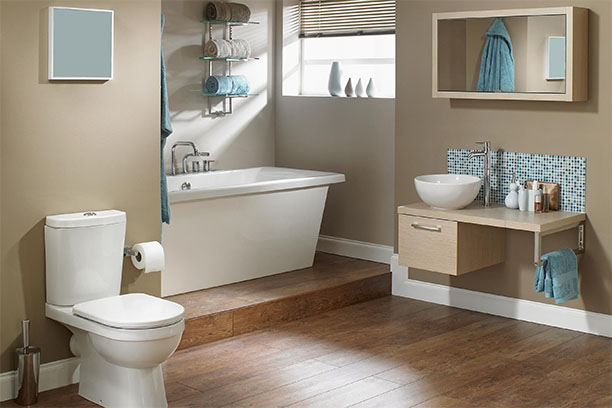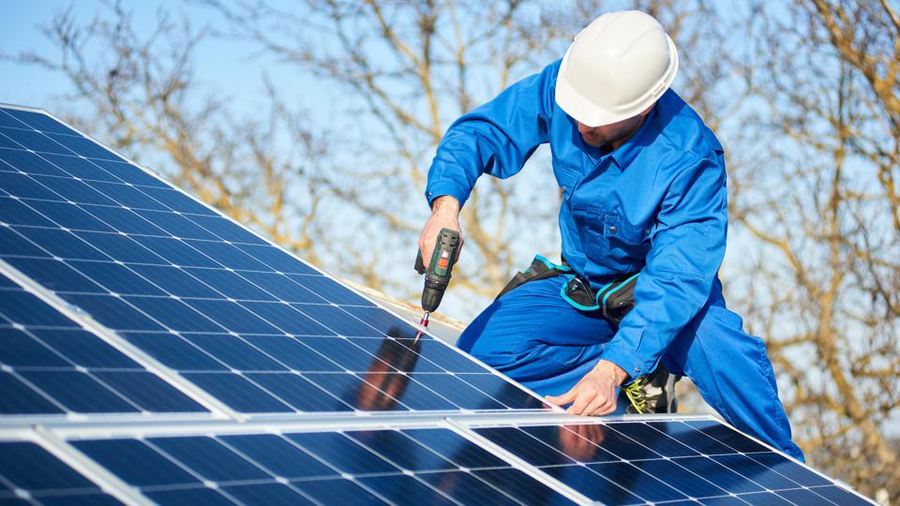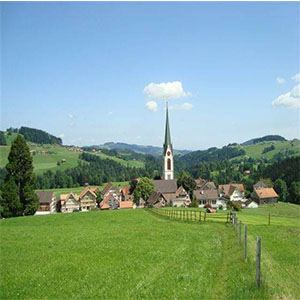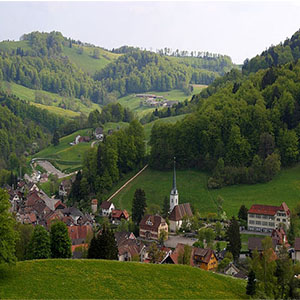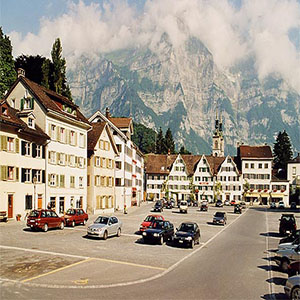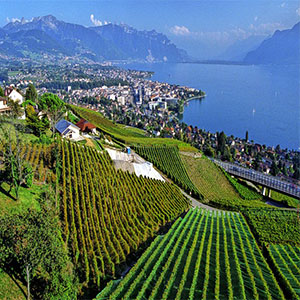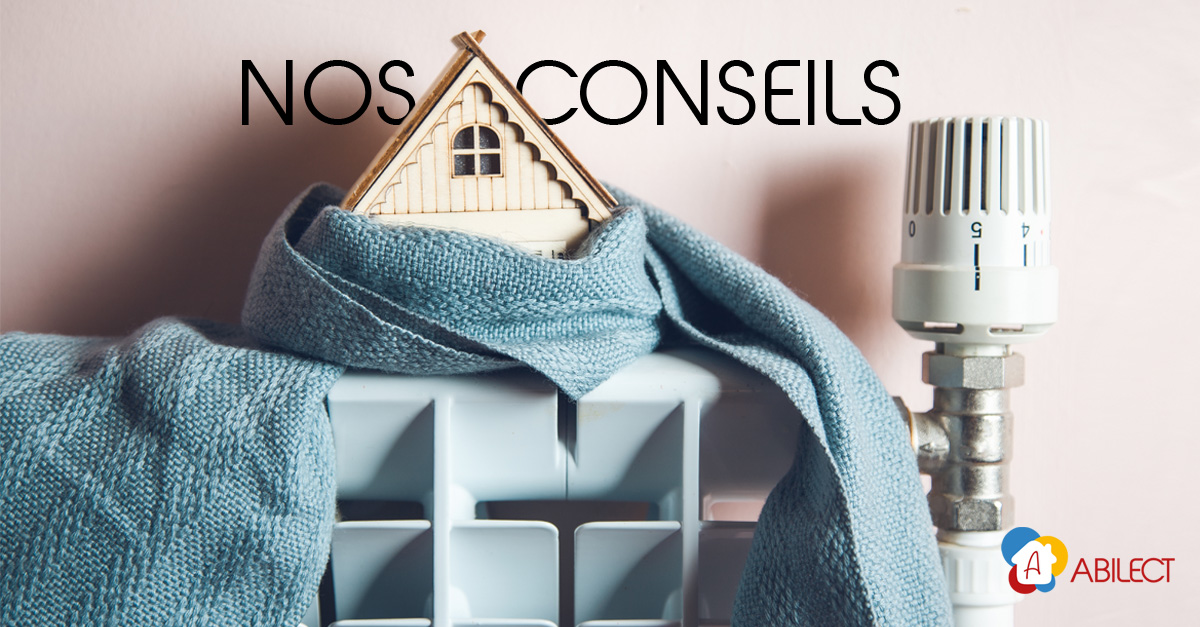
Our tips on how to heat in an eco-responsible way in winter
We have seen a recent spike in fossil fuel prices (oil, electricity and gas). An alternative to the energy crisis is to use renewable energy heating systems to avoid increasing bills every winter. These different means have a cost that pays for itself in the medium term depending on the investments made.
A replacement for traditional heating:
The heat pump is widely used in the country and allows savings to be made throughout the year. There are three types of heat pumps:
- The geothermal heat pump, which requires a more substantial installation cost, draws its energy from the ground. It draws the calories contained in the ground to transform them into heat.
- The air-water heat pump is used to heat the water in the heating circuit as well as the sanitary facilities. In winter, this solution needs to be combined with a second heating system.
- The air-to-air solution draws heat from the ambient air, either outside or inside. In winter, it also needs to be combined with a second heating system.
Advantages of heat pumps:
- The heat pump can be connected to existing radiators and underfloor heating.
- It draws heat from renewable environmental resources without releasing CO2. If the heat pump is powered by electricity from renewable energy sources, then the heat pump is carbon neutral.
- You are contributing to climate protection and at the same time meeting your heating needs.
- A heat pump can save up to 60% on your heating bill.
Wood or pellet stove:
Wood-burning heating systems can be used as supplementary heating and also as central heating depending on the type of house. There are two categories:
- The wood stove, which requires logs for combustion, the wood must be loaded and lit manually.
- The pellet stove, which is powered by electricity and the combustion of pellets. The pellets are taken to a combustion chamber where the fire is lit by an electric resistance.
Advantages of wood-based heating solutions:
- Wood heaters do not require major insulation work and are relatively affordable.
- The pellet stove can save 25% on bills and can be integrated into a connected home.
- Being adjustable, the pellet stove can be switched on automatically at a set time.
- Wood-burning stoves use wood from local forests and are considered renewable thanks to the management of Swiss forests.
Support for heating replacement:
National programmes exist for individuals who wish to replace their old fossil fuel heating systems with more environmentally friendly ones.
The programme of Avenir Energie Suisse: https://energiezukunftschweiz.ch/fr/soutien/chauffage-au-bois/
The myclimate programme if your project is not supported by your canton: www.myclimate.org/pellets
The cantons and energy suppliers help to support the installation of this type of heating with subsidies and tax reductions for installation. For more information: www.energiefranken.ch/fr
Ask for a free quotation today








